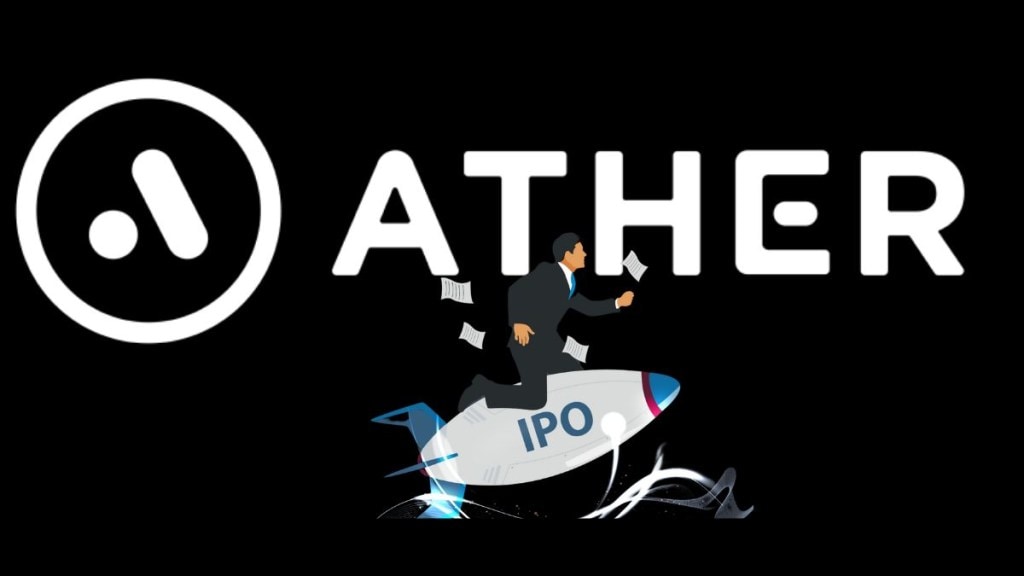India’s IPO street is buzzing again, and this time, all eyes are on Ather Energy. After a nearly two-month lull, the Bengaluru-based electric scooter maker is set to test investor appetite with its maiden public offering. But while the IPO may excite EV enthusiasts, it also comes with its fair share of speed bumps.
Here’s everything you need to know before you hit the ‘subscribe’ button about this mainboard issue and the risks that Ather itself filed in its draft red herring prospectus (DRHP).
Ather Energy IPO snapshot: Price band, dates and other key details
Ather Energy has set a price band of Rs 304 to Rs 321 per share for its IPO. The issue will open for subscription on April 28 and close on April 30.
The anchor book for Ather Energy’s IPO will open on April 25. The basis of allotment will be finalised on May 2, followed by the initiation of refunds and credit of shares to demat accounts on May 5. The issue is likely to make it debut on the Indian stock exchanges on May 6.
The IPO includes a fresh issue of Rs 2,626 crore and an offer for sale (OFS) of up to 1.1 crore shares, which together will bring the total size to around Rs 2,980.76 crore, down from an earlier plan of Rs 4,000 crore. The issue values Ather Energy at about Rs 11,956 crore post-issue.
Ather Energy IPO: 5 risks you need to know
Here are six key risks the company has listed in the DRHP filing that could affect its performance in the long run.
1. In the DRHP filed with the market regulator SEBI, the company noted that it has “incurred losses and negative cash flows from operations since incorporation. It further added, “There is no assurance that we will be cost effective in our operations or achieve profitability in the future.”
2. The company says it is still early days. With a limited operating history, “evaluating our business and future prospects is difficult,” Ather Energy DRHP filing noted.
3. EVs might be the future, but that future’s still forming, specially in the two-wheeler space. Adding to its risk disclosure session, the company added, “Our future growth is dependent on the demand for and adoption of electric two-wheelers.” The company noted, “If the market does not develop as we expect, or develops at a speed that is slower than anticipated, our business, prospects, financial condition and operating results will be affected.”
4. The EV space is getting crowded. Biggies like Ola Electric, TVS, Bajaj, and others are already jostling for space. In the DRHP it noted, “There is no assurance that we will be able to successfully compete in the markets we currently operate in or those we plan to expand into.”
5. Every brand has hiccups, but Ather has acknowledged customer complaints in its DRHP. It notes, ‘There is no assurance that we will not receive similar complaints in the future or that we will be able to address such customer complaints in a timely manner or at all.”
